Behind the Scenes: Rituals and Customs of Local Celebrations
7 December 2024
Ever wondered what makes local celebrations around the world so enchanting? It’s not just the colorful fireworks, mouth-watering food, or cheerful dances under the stars. Nope, the true magic lies in the rich rituals and customs practiced behind the scenes. These are the traditions that bond communities, speak of centuries-old stories, and create memories that last a lifetime.
And guess what? Today, we’re peeling back the curtain to explore these fascinating rituals from different cultures. Grab your travel hat (okay, maybe just your coffee) and let’s dive into the traditions that make celebrations truly extraordinary! 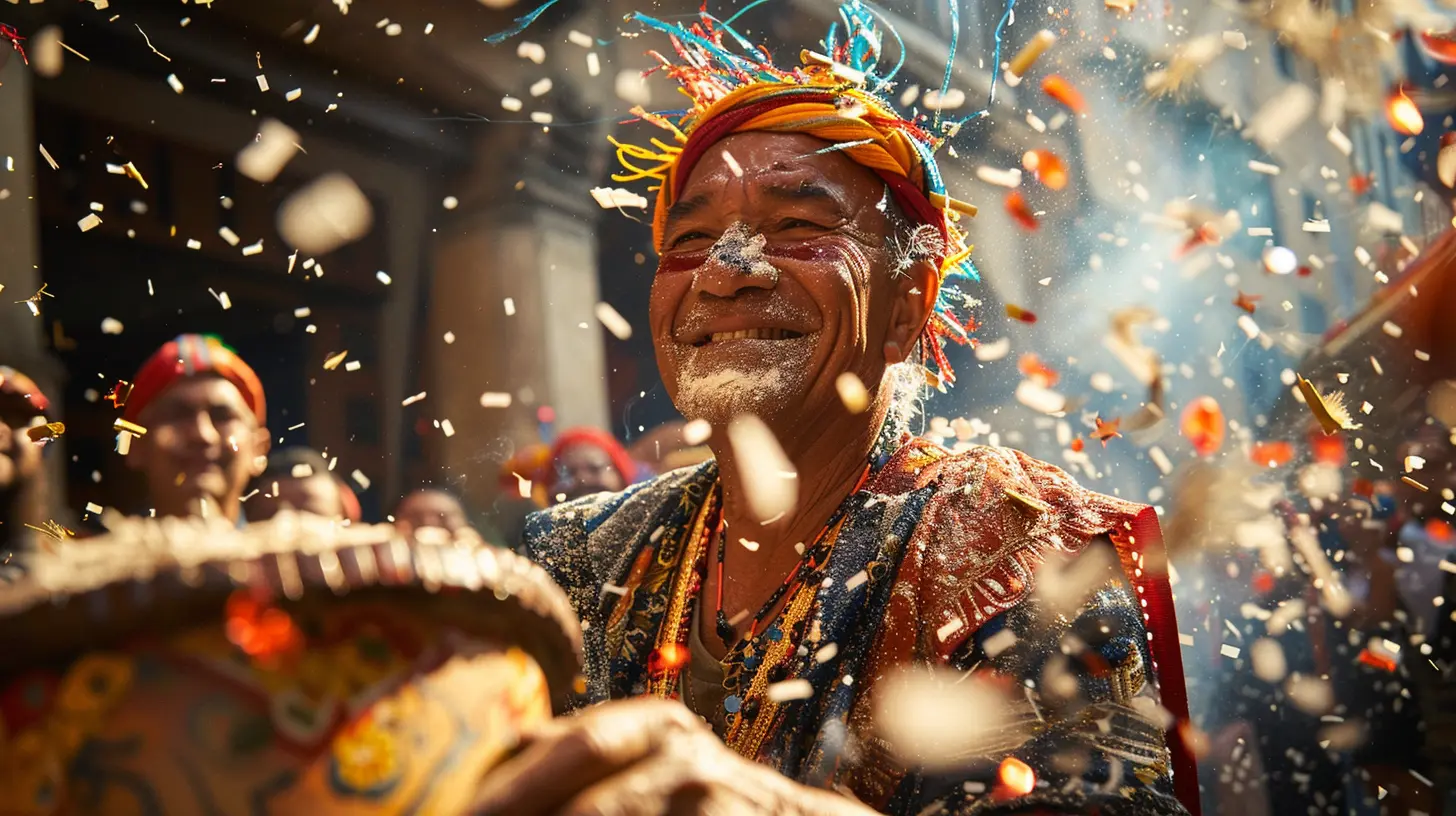
The Essence of Rituals and Customs in Celebrations
Why do we love rituals so much? Because they’re like a beautiful song that everyone knows the words to. They bring people together, give meaning to the chaos, and remind us of who we are. Every culture has its own way of celebrating milestones, holidays, and events. These customs aren’t just for fun (though they definitely are fun); they’re a way of preserving history, passing down values, and keeping traditions alive.Think of it this way: customs are the secret sauce to any celebration. Without them, it’s just an event. With them? It’s an experience. 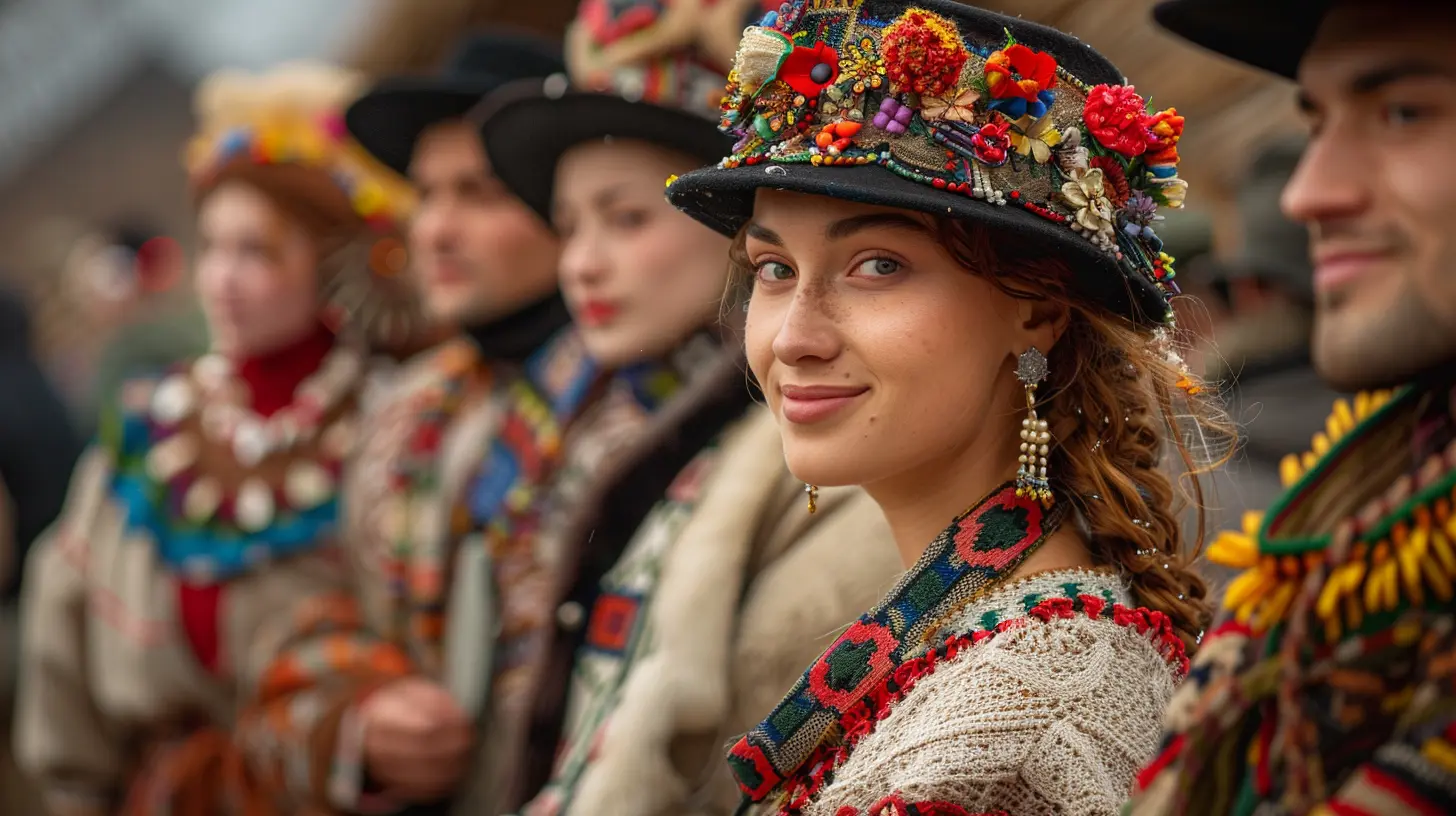
Asia: A Symphony of Intricate Rituals
India: The Colorful Chaos of Weddings
Indian weddings are the epitome of grandeur, but it’s the rituals behind the scenes that make them unforgettable. Take the Mehendi ceremony, for instance. It's more than just artistic henna designs; it’s a pre-wedding party filled with singing, dancing, and laughter. Legend has it, the darker the bride's henna stains, the deeper her love (and her mother-in-law’s affection!).And then there’s the Haldi ceremony, where family members slather the bride and groom with turmeric paste. Sounds messy, right? But it’s a symbolic way to bless them with prosperity and ward off any bad vibes.
Japan: The Elegance of Shinto Ceremonies
In Japan, Shinto rituals play a huge role in local celebrations, particularly during weddings or festivals like Matsuri. You’ll often find priests in traditional robes offering prayers, waving sacred branches, or performing purification rituals.Take weddings, for example. Couples sip sake from the same cup during the San-San-Kudo ritual to symbolize unity. It’s simple yet deeply profound—kind of like the Japanese way of life. 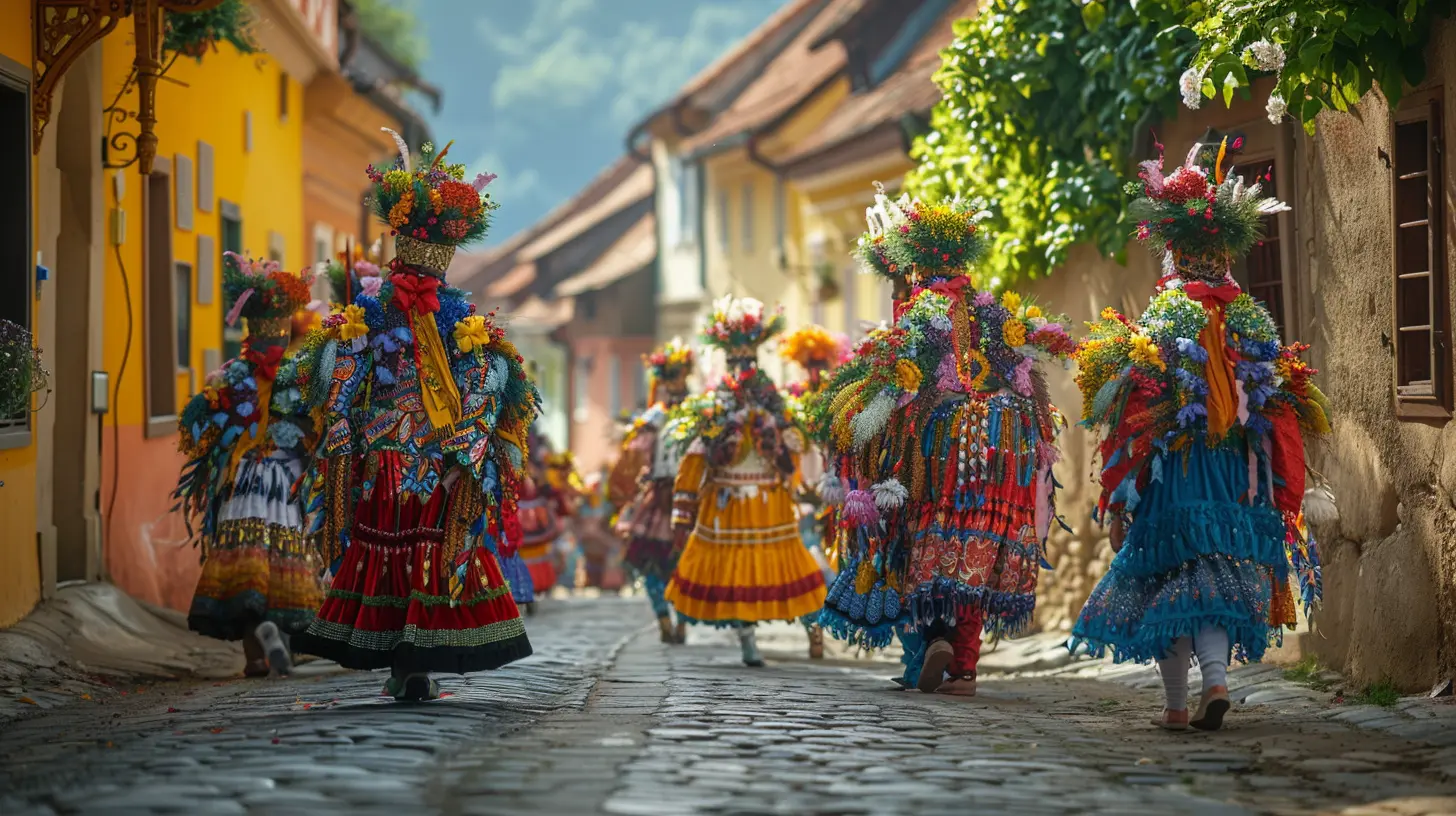
Europe: A Fusion of Old Traditions and Modern Twists
Spain: The Fiery Passion of Festivals
Ah, Spain! Home to festivals that are equal parts glamorous and intense. Ever heard of La Tomatina? It’s the world’s biggest food fight where participants throw tomatoes at each other. Sounds chaotic, doesn’t it? But the ritual behind it stems from a random act of fun that’s now a beloved tradition.Then there’s Las Fallas in Valencia. For weeks, locals build massive papier-mâché figures, only to burn them down in a fiery spectacle. What’s behind this seemingly destructive ritual? A symbolic act of letting go of the past.
Scotland: The Quirky Hogmanay Customs
Scots know how to throw a New Year’s party like no one else during Hogmanay. One of the most unique rituals is First-Footing, where the first person to enter your home after midnight brings good luck (especially if they’re carrying coal, cake, or whisky!).And here’s a fun one: locals gather to sing “Auld Lang Syne,” a song that’s all about cherishing old friendships. It’s like a warm hug in musical form. 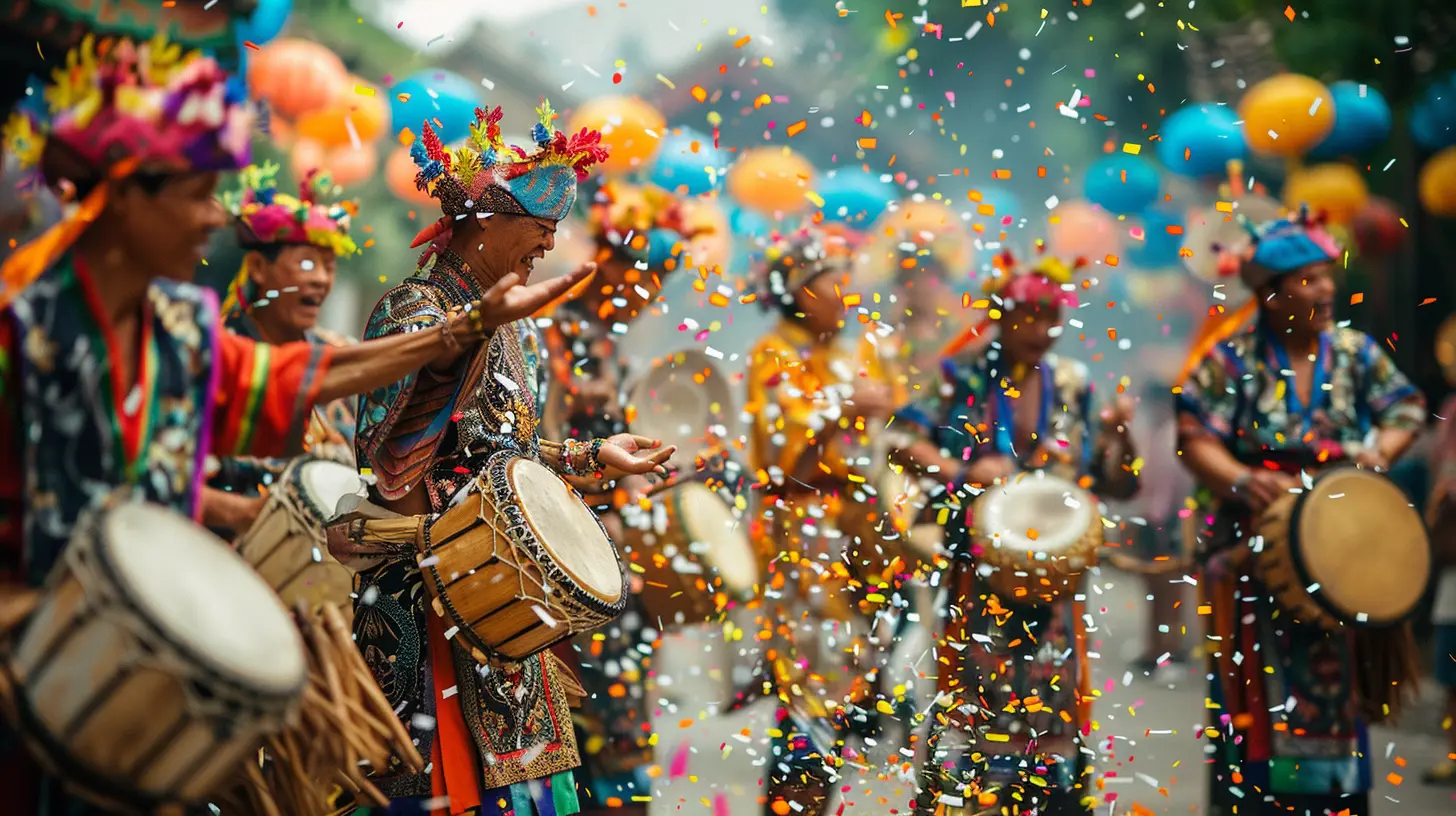
Africa: Celebrations Rooted in Heritage
Nigeria: The Vibrance of Traditional Ceremonies
In Nigeria, celebrations are larger-than-life and steeped in tradition. Take the Yoruba Naming Ceremony as an example. This isn’t just about giving a baby a name; it’s a heartfelt ritual with blessings, prayers, and symbolic foods like honey (for a sweet life) and kola nuts (for endurance).Then there’s Egungun festivals, where vibrant masquerades honor ancestors. The costumes aren’t just for show—they’re believed to carry spiritual energy that connects the living to the dead. Spooky yet fascinating, right?
South Africa: The Ubuntu Spirit of Celebrations
In South Africa, the concept of Ubuntu (humanity toward others) shines brightly in their customs. During weddings, the Lobola ceremony is a key ritual. It’s a bride-price negotiation (usually cattle) that symbolizes respect and unity between two families.Here’s another gem: Zulu Reed Dance, where young women celebrate their heritage and purity by performing traditional dances in beautiful costumes. It’s not just a dance, but a statement of pride in their identity.
The Americas: A Melting Pot of Traditions
Mexico: The Mystical Day of the Dead
If you’ve ever seen sugar skulls or marigold-filled altars, you’re already a step into Mexico’s Día de Muertos (Day of the Dead). This isn’t your typical somber affair; it’s a celebration of life and remembrance. Families build altars (ofrendas) with photos, food, and mementos of their loved ones to invite their spirits back for a visit.And let’s not forget the face-painting tradition. Those intricate skull designs? They’re not just stunning but a way to honor the cycle of life and death.
United States: The Vibrancy of Powwows
Indigenous communities in the US have preserved their rituals through powwows, which are cultural gatherings filled with dance, music, and storytelling. Each movement, drumbeat, and outfit represents a story—be it of creation, war, or gratitude.Ever seen a jingle dress? The metallic cone-shaped jingles aren’t just decorative; they’re part of a ritual that’s believed to carry healing powers.
Australia and Oceania: A Deep Connection to Nature
Australia: The Timeless Aboriginal Ceremonies
Aboriginal Australians have rituals that date back tens of thousands of years. Take the Smoking Ceremony, for instance. It’s a cleansing ritual where native plants are burned, and the smoke is passed over participants to ward off negative energy and spirits.Then there’s the Corroboree, a sacred gathering filled with storytelling, singing, and dancing. Imagine sitting under a starlit sky, listening to tales passed down through generations—pure magic.
Samoa: The Pride of Fa’a Samoa
In Samoa, life revolves around Fa’a Samoa, or “The Samoan Way.” One key celebration is the Ava Ceremony, where a traditional beverage (made from kava roots) is shared among chiefs and guests. It’s a ritual that speaks volumes about respect and hospitality.And let’s not forget weddings, where the gifting of fine mats (known as 'ie toga) is a deeply symbolic gesture of love and unity.
Why Exploring Local Rituals Matters
Let’s be real—traveling isn’t just about ticking places off a checklist. It’s about connecting with people and understanding their stories. And what better way to do that than by experiencing their customs firsthand?Rituals and traditions are like cultural time machines. They give you a glimpse into the past while helping you appreciate the present. So next time you’re invited to a local celebration, don’t just stand on the sidelines. Jump in, ask questions, and soak up the experience. Who knows? You might just take home a piece of their culture in your heart.
Conclusion: Celebrations Beyond the Surface
Behind every firework, feast, and festive dance lies a world of meaning waiting to be uncovered. Rituals and customs aren’t just a backdrop—they’re the heartbeat of celebrations. They remind us that no matter where we come from, we all share a love for connection, joy, and storytelling.So, whether it’s a wedding in India, a festival in Spain, or a powwow in the US, remember this: traditions aren’t just things we do—they’re who we are.
all images in this post were generated using AI tools
Category:
Cultural FestivalsAuthor:

Winona Newman
Discussion
rate this article
12 comments
Hayden McCloud
In the heart of every celebration lies a tapestry of rituals, woven with the threads of tradition and joy. Each moment sparkles with stories untold, inviting wanderers to dance in the rhythms of culture. Discover the vibrant pulse that breathes life into every local festivity, where history and heart entwine beautifully.
February 3, 2025 at 4:20 PM

Winona Newman
Thank you for beautifully capturing the essence of local celebrations! Your words truly highlight the richness of our traditions and the joy they bring to our lives.
Kenzie McGehee
What a vibrant glimpse into the heart of local celebrations! 🌟 It’s amazing to see how rich rituals and customs bring communities together in joy. Can't wait to experience these colorful traditions firsthand and create unforgettable memories! Thank you for sharing this delightful insight! 🎉✈️
January 29, 2025 at 5:44 AM

Winona Newman
Thank you for your kind words! I'm thrilled to hear you're excited to experience these vibrant traditions firsthand. Enjoy your journey! 🎉🌍
Samuel Cooper
This article beautifully highlights how local celebrations are a tapestry of cultural rituals and customs. Understanding these behind-the-scenes practices deepens our appreciation for the vibrant traditions that enrich our travel experiences and foster a genuine connection with the community.
January 23, 2025 at 3:58 AM

Winona Newman
Thank you for your thoughtful comment! I'm glad you found the article insightful in showcasing the importance of these rich cultural practices. They truly enhance our travel experiences and connections with local communities.
Elowis Wallace
Authentic experiences enrich travel.
January 18, 2025 at 5:13 PM

Winona Newman
Absolutely! Engaging with local rituals and customs offers a deeper connection to the culture, making travel truly enriching.
Renee McEvoy
Who knew that dancing with a goat while juggling pineapples was a local tradition? Sign me up! Just remember, what happens during celebrations stays in the photo album...hopefully!" 🍍🐐🎉
January 14, 2025 at 6:03 PM

Winona Newman
Absolutely! Embracing quirky traditions adds charm to our celebrations. Just make sure to capture those unforgettable moments! 🍍🐐🎉
Zealot Valentine
This article beautifully highlights the rich tapestry of local traditions, revealing how rituals and customs serve as vital threads connecting communities. Understanding these celebrations not only enhances our travel experience but also fosters respect and appreciation for diverse cultures, enriching our global perspective.
January 2, 2025 at 3:30 AM

Winona Newman
Thank you for your thoughtful comment! I'm glad you enjoyed the article and recognize the importance of local traditions in enriching our travel experiences and cultural appreciation.
Renee McCartney
What a captivating glimpse into local celebrations! Understanding these rituals not only enriches our travel experiences but also fosters a deeper connection with the communities we visit. Keep exploring and sharing!
December 27, 2024 at 6:05 PM

Winona Newman
Thank you! I'm glad you enjoyed the insights into local celebrations. Exploring these rituals truly enhances our connection to the communities we visit. Stay tuned for more!
Astralis McKinney
Fascinating glimpse into culture; traditions truly enrich travel experiences.
December 23, 2024 at 4:49 PM

Winona Newman
Thank you! I’m glad you found it enriching—local traditions really do enhance our travel experiences!
Kinsley McNab
This article beautifully captures the essence of local celebrations, revealing the rich rituals and customs that make each experience unique and memorable!
December 19, 2024 at 3:56 PM

Winona Newman
Thank you! I'm glad you enjoyed the article and appreciate the beauty of these unique traditions.
Clara Navarro
What a beautiful glimpse into the heart of local celebrations! Understanding these rituals enriches our travel experiences and fosters deeper connections with the communities we explore. Thank you!
December 16, 2024 at 4:27 AM

Winona Newman
Thank you for your kind words! I'm glad you found the insights valuable and enriching to your travel experiences.
Valeris McKinstry
Thank you for sharing these fascinating insights into local celebrations! It's wonderful to learn about the rituals and customs that enrich our travel experiences. Your article beautifully highlights the cultural significance behind these vibrant traditions.
December 9, 2024 at 3:33 PM

Winona Newman
Thank you for your kind words! I'm glad you found the insights into local celebrations enriching. Celebrating culture truly enhances our travel experiences!
Fenn Gibson
What a delightful glimpse into vibrant local celebrations! It's wonderful to see how traditions bring communities together in joy. Absolutely inspiring!
December 9, 2024 at 4:08 AM

Winona Newman
Thank you! I'm glad you enjoyed the insights into how traditions foster community spirit and joy.
MORE POSTS

Indulge in the Lap of Luxury: The Best Hotel Experiences for Couples
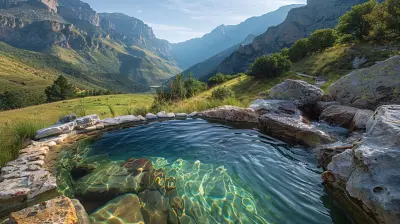
The Best Hot Springs Tucked Away in Remote Mountain Ranges
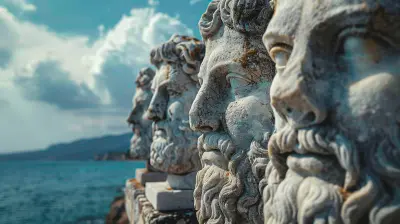
The Role of Mythology in Shaping National Identity

Discovering the Unique Flora and Fauna of New Caledonia

Exploring the Majesty of Glacier-Covered Mountains

Romantic Airbnb Retreats for Your Next Couples' Getaway
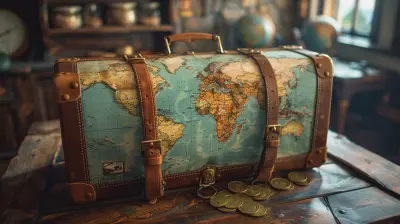
Secrets to Packing Smart for International Adventures
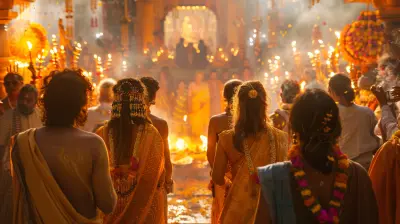
The Spiritual Dimension of Festivals: What You Need to Know